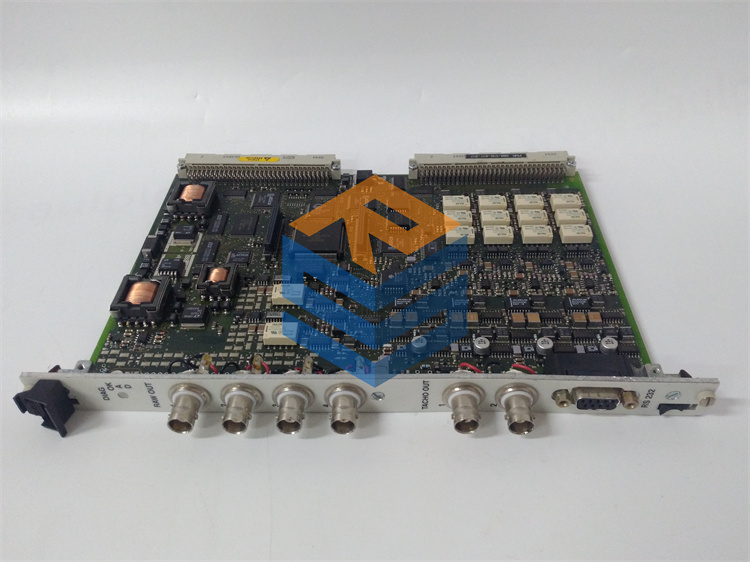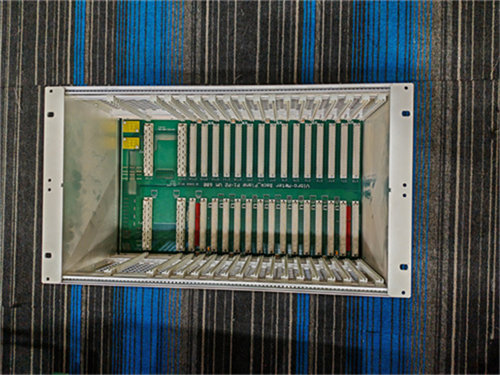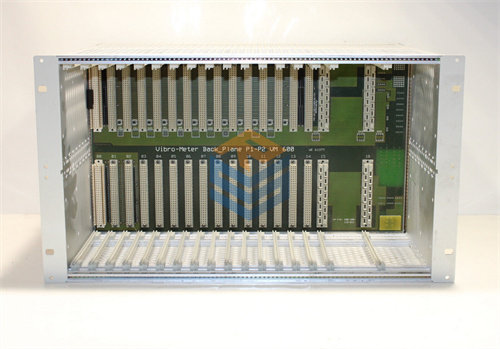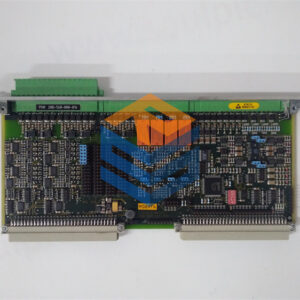الوصف
The VIBRO-METER VM600 CPUM 200-595-031-111 is a specific variant of the Central Processing Unit Module (CPUM) for the Vibro-Meter VM600 series of machinery protection and condition monitoring systems. It acts as the “brain” or “rack controller” for the entire VM600 rack.
SEO Optimized Headings:
- VIBRO-METER VM600 CPUM 200-595-031-111: Central Controller for Machinery Monitoring Systems.
- VM600 CPUM: Rack Control and Communication Interface for Industrial Assets.
- VIBRO-METER 200-595-031-111: Networked CPU Module for VM600 System Integration.
- VM600 Rack Controller: Essential for Protection and Condition Monitoring Applications.
- CPUM (Central Processing Unit Module): Enabling “One-Shot” Configuration and Data Exchange.
- VIBRO-METER VM600 Series: Reliable Control for Critical Rotating Machinery.
Product Overview:
The VIBRO-METER VM600 CPUM 200-595-031-111 is a specialized CPU board designed to be the core control and communication unit for a VM600 or VM600Mk2 rack-based machinery protection (MPS) and/or condition monitoring system (CMS).
Its primary responsibilities include:
- Managing all modules within the VM600 rack, including protection (MPC4) and monitoring (XMV16, AMC8) cards.
- Aggregating data and alarm statuses from these modules.
- Providing communication interfaces (Ethernet, serial) for external systems such as host PCs running configuration/monitoring software (VibroSight®), Distributed Control Systems (DCS), and Programmable Logic Controllers (PLC).
- Featuring a front-panel display for local status visualization and basic controls.
The part number 200-595-031-111 denotes a specific configuration of the CPUM module, indicating its feature set and hardware revision within the original CPUM family. This variant is known for its support of industry-standard fieldbus communications like Modbus TCP/IP and Modbus RTU, and its robust design for industrial environments.
Product Details:
The VIBRO-METER VM600 CPUM 200-595-031-111 serves as the central intelligence of a VM600 system, enabling its functionality as a comprehensive and networked solution for machinery health. In industrial settings where machinery reliability and uptime are paramount, the CPUM plays a critical role in data management and system integration.
For example, in a large power plant, multiple VM600 racks might be deployed to monitor various critical assets like gas turbines, steam turbines, and generators. Each rack’s CPUM collects vital operational data (e.g., vibration levels, bearing temperatures, axial positions) from its resident monitoring cards. The CPUM then processes and makes this aggregated information available to the plant’s central control system (DCS) via its network connections, providing operators with a unified view of machine health and allowing for prompt decision-making in case of anomalies.
Here’s a breakdown of its key functions and attributes:
1. Rack Controller and Configuration Management:
- Central Control: The CPUM acts as the master controller for all installed protection and monitoring modules within the VM600 rack.
- “One-Shot” Configuration: A significant feature is its ability to manage the configuration of all VM600 protection (MPC4, AMC8) and potentially condition monitoring (XMx16) cards in the rack. This allows engineers to connect to the CPUM via Ethernet or RS-232 (using VibroSight® or VM600 MPSx software) and configure the entire rack’s modules from a single interface, simplifying setup and maintenance.
- Alarm Aggregation & Reset: It collects alarm and status information from all modules in the rack. It also typically provides a front-panel alarm reset button for operator convenience.
- System Event Logging: The CPUM automatically logs system events and measurement events to non-volatile memory, creating a valuable historical record for diagnostics and troubleshooting.
2. Communication Gateway:
- Internal Rack Communication: It communicates with protection and monitoring cards via the VMEbus backplane and also typically supports a dedicated Ethernet link to advanced condition monitoring modules (like XMV16).
- External Communication Interfaces: Provides robust connectivity to external systems:
- Ethernet (2 ports): Supports Modbus TCP/IP, allowing seamless integration with DCS, SCADA systems, and host PCs for data acquisition and control. The dual ports can be utilized for communication redundancy.
- Serial (up to 3 connections): Supports RS-232, RS-422, and RS-485 protocols, commonly using Modbus RTU. This provides flexible and often redundant serial communication, enabling multi-drop networks with several VM600 racks.
- Data Aggregation: Collects and processes data (e.g., overall values, alarm statuses, event logs) from all modules in the rack and makes it accessible to external systems.
3. Hardware Architecture and User Interface:
- Card Pair Design: The CPUM typically functions as a “card pair” with an associated IOCN (Input/Output Card for Network) module. The CPUM resides in the front of the VM600 rack, while the IOCN is mounted directly behind it in the rear, providing the physical connectors for external communication and ensuring electrical isolation.
- PC/104 Architecture: The CPUM often features a carrier board with PC/104-type slots, which house the main CPU module and can optionally accommodate additional serial communication modules for expanded connectivity.
- Front-Panel LCD Display: An integrated LCD on the front panel allows for local visualization of monitored outputs, alarm limits, and the overall status of the CPUM and other cards in the rack. Front-panel keys (SLOT, OUT) enable navigation through the display pages.
- Status LEDs: Built-in LEDs (OK, Alert, Danger, DIAG) provide immediate visual indicators of the module’s and rack’s operational health.
Regarding the part number 200-595-031-111: This specific part number designates a particular configuration of the original CPUM. While detailed breakdowns of all VM600 part number suffixes are generally proprietary, the “031” and “111” likely relate to specific internal hardware revisions, firmware versions, or communication feature sets that distinguish it from other CPUM variants (e.g., those supporting different fieldbus protocols like PROFINET, which are more common in later CPUMMk2 or CPUR2 versions). It is designed for seamless integration primarily within VM600 Mk1 systems.
Technical Specifications (Typical for VM600 CPUM 200-595-031-111):
The following specifications are generally applicable to the CPUM family, with the 200-595-031-111 being a specific configuration.
Applications and Industries:
The VIBRO-METER VM600 CPUM 200-595-031-111 is fundamental to any VM600 system, finding application wherever continuous, reliable monitoring and protection of critical rotating machinery are paramount. Its role as the rack controller and communication gateway makes it indispensable for integrating the VM600 system into larger plant control and information architectures.
For instance, in the demanding environment of an offshore oil and gas platform, the safe and uninterrupted operation of high-speed compressors and turbines is crucial. A VM600 system, driven by the CPUM, monitors these vital machines. The CPUM’s robust communication capabilities enable it to transmit real-time machinery health data to the platform’s control room and potentially to onshore operations centers via Ethernet. This integration allows for proactive maintenance, rapid response to potential issues, and enhanced safety by ensuring operators have immediate access to critical machine status information.
Key applications and industries where this CPUM variant is commonly deployed include:
- Power Generation:
- Gas, Steam, and Hydro Turbines, Generators: Providing centralized control and data access for the entire machinery protection system safeguarding these high-value assets.
- Balance-of-Plant (BOP) Equipment: Managing monitoring for large fans, pumps, and motors.
- Oil & Gas:
- Refineries, Pipelines, Offshore Platforms, LNG Plants: Orchestrating the monitoring and protection of critical turbomachinery (compressors, pumps, gas turbines) where safety, API 670 compliance, and continuous operation are non-negotiable.
- Chemical and Petrochemical Industries:
- Controlling monitoring systems for high-speed rotating equipment in hazardous environments, ensuring plant integrity and personnel safety.
- Heavy Manufacturing:
- Steel mills, paper mills, cement plants: Providing central management for machinery monitoring systems on large production equipment where continuous operation is vital.
- Marine Applications:
- Large commercial vessels and naval ships: Managing the monitoring systems for propulsion engines, auxiliary machinery, and other critical rotating equipment on board.
In essence, the CPUM transforms individual monitoring capabilities of VM600 cards into a cohesive, networked system, enabling enhanced operational intelligence, predictive maintenance strategies, and robust protection against machinery failures.
Related Products:
The VIBRO-METER VM600 CPUM 200-595-031-111 is an integral part of a complete VM600 system and requires interaction with several other modules and components to fulfill its function.
- VM600 System Racks (Chassis):
- ABE040, ABE042, ABE056: These are the 19-inch, 6U (or 1U for ABE056 slimline) rack housings where the CPUM module is physically installed (in the front card cage).
- Rack Power Supply Units (PSU):
- VM600 RPS6U: Provides the necessary regulated DC power (+5 VDC, ±12 VDC) to the VM600 rack’s backplane and all installed modules, including the CPUM. Dual RPS6U units are commonly used for redundancy in critical applications.
- Input/Output (I/O) Card (Companion to CPUM):
- VM600 IOCN: This is the essential companion card for the CPUM. It installs in the rear of the rack, directly behind the CPUM. The IOCN provides the physical connectors for Ethernet and serial communication, allowing the CPUM to interface with external networks and devices while also offering protection against electromagnetic interference (EMI).
- Machinery Protection Modules (MPM):
- VM600 MPC4 / MPC4Mk2: These are the primary protection cards that measure vibration, position, and speed, and generate alarm/trip conditions. The CPUM communicates with these cards (via the VMEbus) to gather their data and status.
- Condition Monitoring Modules (CMM):
- VM600 XMV16 / XMC16: For extended vibration monitoring and advanced analysis. The CPUM communicates with these modules, often via a dedicated internal Ethernet link, to retrieve their detailed data.
- Analog Monitoring Modules (AMM):
- VM600 AMC8 / AMC8Mk2: For monitoring process parameters like temperature and pressure. The CPUM also aggregates data from these modules.
- Relay Cards (Optional):
- VM600 RLC16 / RLC16Mk2: These provide additional configurable relay outputs. The CPUM manages the logic for triggering these relays based on alarms from other modules.
- Monitoring Software:
- VibroSight®: The comprehensive PC-based software suite used for configuring the entire VM600 system (including the CPUM and its networked modules), visualizing real-time and historical data (trends, waveforms, spectra), managing alarms, and performing advanced diagnostics.
- VM600 MPSx Software (MPS1, MPS2): Older configuration and visualization software packages specifically for protection cards (MPC4, AMC8) that communicate via the CPUM.
The CPUM, through its central role and communication capabilities, ensures that all these modules work together seamlessly to provide a comprehensive and reliable solution for protecting critical rotating machinery.
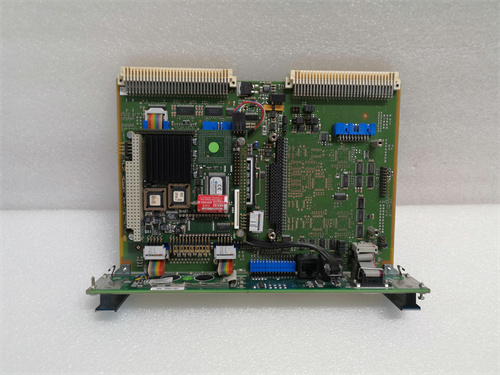

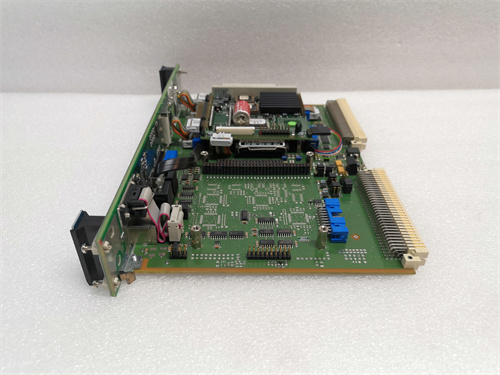

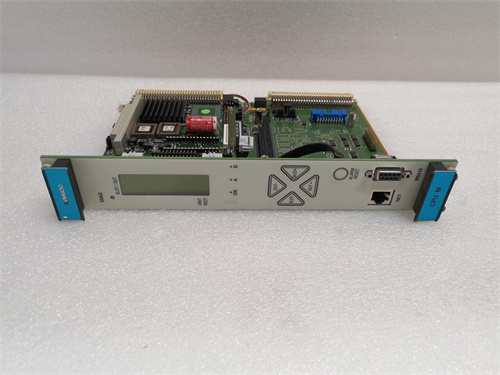

 +86 15340683922
+86 15340683922 +86 15340683922
+86 15340683922